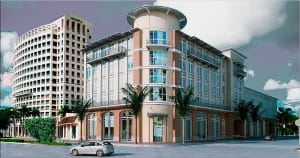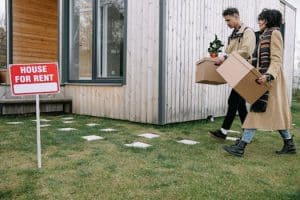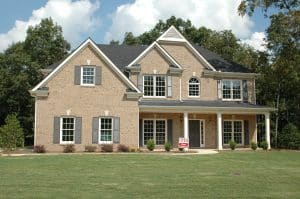Adaptive Reuse: Converting Commercial Spaces into Dream Homes
Imagine living in a penthouse apartment complete with soaring ceilings, floor-to-ceiling windows, and breathtaking city views. Now imagine that this penthouse used to be a bustling commercial space, perhaps a warehouse, office building, or even a historic bank. This is the beauty of adaptive reuse, a growing trend in the real estate market where old commercial spaces are transformed into modern, luxurious dream homes. In this article, we will delve into the concept of adaptive reuse and how it is revolutionizing the way we think about sustainable living and real estate development.
The Rise of Adaptive Reuse in Real Estate
In today’s society, there is an increasing demand for sustainable, eco-friendly living. This has led to a shift in the real estate market towards adaptive reuse, which is the process of repurposing existing buildings for a new use. This trend not only reduces the need for new construction, but it also preserves the character and history of a community.
Adaptive reuse has been gaining popularity in urban centers, where there is a plethora of abandoned or underutilized commercial buildings. These spaces, which were once bustling with activity, have been left vacant due to the decline of certain industries, changes in consumer habits, or the desire for more modern facilities. However, with the right vision and expertise, these neglected spaces can be transformed into unique and beautiful homes.
The Benefits of Adaptive Reuse
One of the main benefits of adaptive reuse is its positive impact on the environment. By reusing existing structures, there is less energy and resources involved in the construction process. This helps reduce carbon emissions and waste, making it a more sustainable option compared to new construction.
Moreover, adaptive reuse can also bring economic benefits to a community. The revitalization of an old commercial space can attract new businesses, increase property values, and create jobs. It also helps promote a sense of community and preserves the cultural and historical significance of a place.
Transforming Commercial Spaces into Dream Homes
One of the most exciting aspects of adaptive reuse is the endless possibilities it offers in terms of design and creativity. With a blank canvas provided by an old commercial space, developers and architects can let their imagination run wild and create truly unique and one-of-a-kind homes.
One popular example of adaptive reuse is converting old warehouses into loft-style apartments. These buildings, with their high ceilings and large open spaces, offer endless opportunities for customization and personalization. The industrial-style elements, such as exposed brick walls and metal pipes, can also add a touch of character and charm to the space.
Another example is transforming old office buildings into luxurious penthouses. These spaces, with their large windows and prime city views, offer a glamorous and upscale living experience. The challenge here is to blend the modern comforts and amenities of a high-end apartment with the traditional architecture and features of the old building.
The Future of Adaptive Reuse
As the demand for sustainable living grows, the future of adaptive reuse is looking bright. This trend is not only limited to commercial spaces, but also extends to other types of buildings, such as churches, schools, and even shipping containers. The possibilities are endless and with the right expertise, any old building can be transformed into a dream home.
Furthermore, with the advancements in technology and sustainable building practices, adaptive reuse is becoming easier and more cost-effective. This means it can be accessible to a wider market, including those looking for affordable housing options.
Conclusion
In conclusion, adaptive reuse is not just a trend, but a movement towards a more sustainable and environmentally friendly way of living. By converting old commercial spaces into dream homes, we can reduce our carbon footprint, preserve the character of our communities, and create unique and personalized living spaces. As we continue to embrace the concept of adaptive reuse, it is safe to say that the future of real estate is looking more exciting and diverse than ever before.









